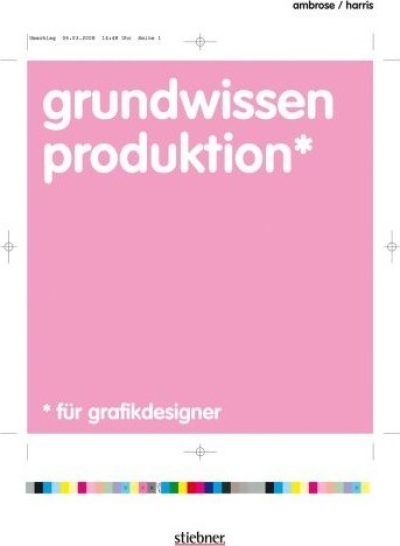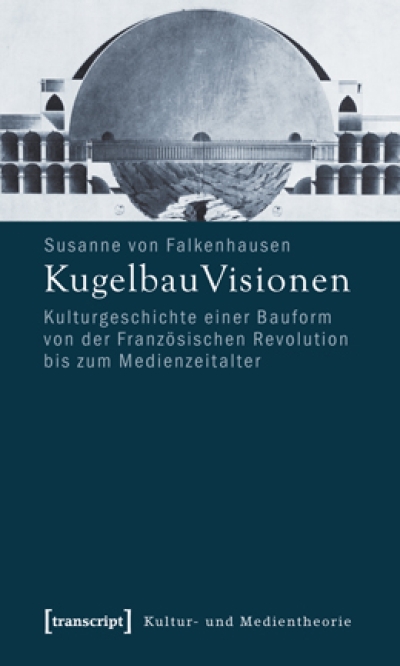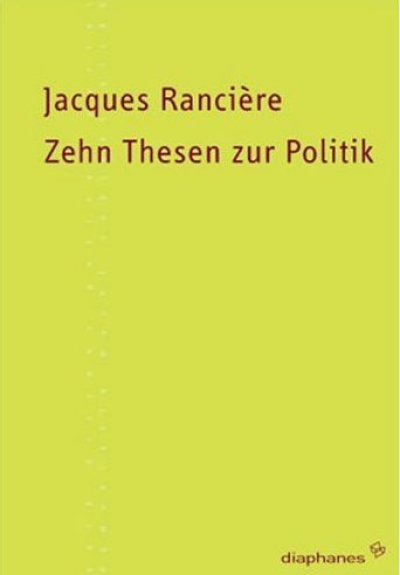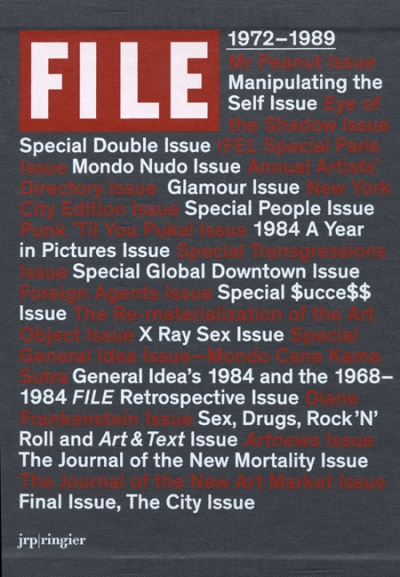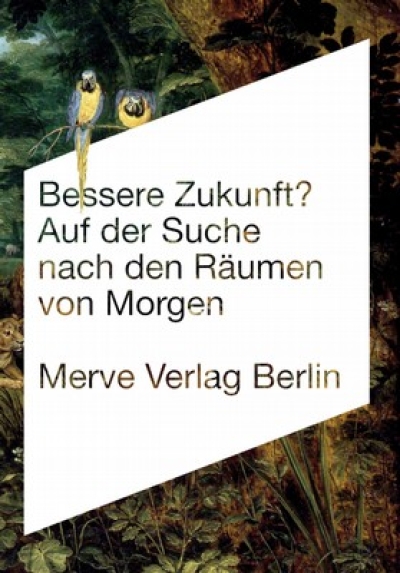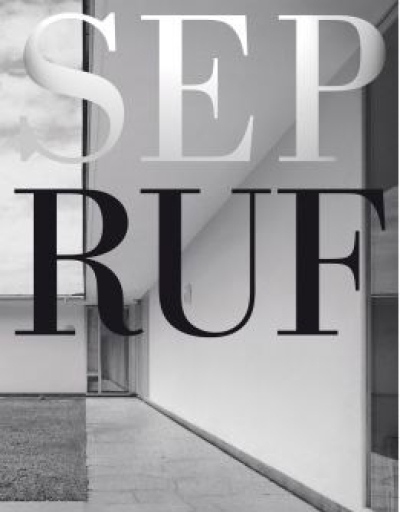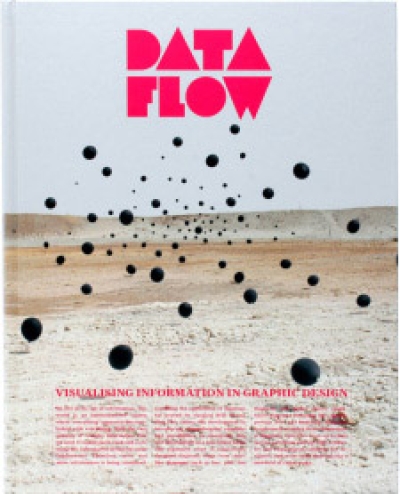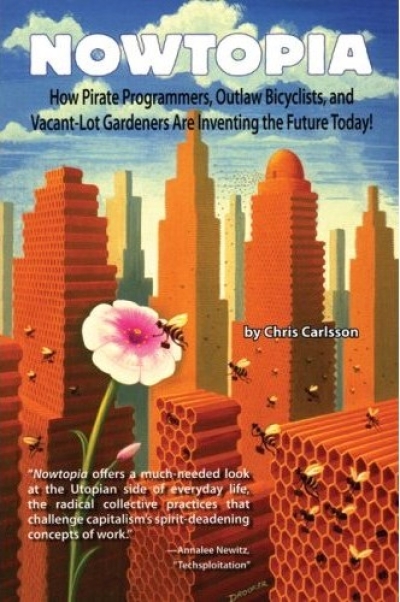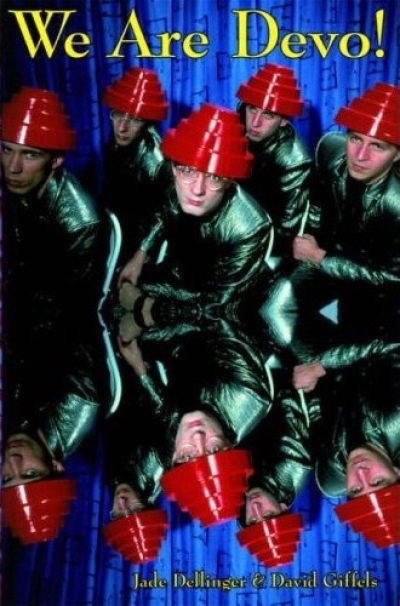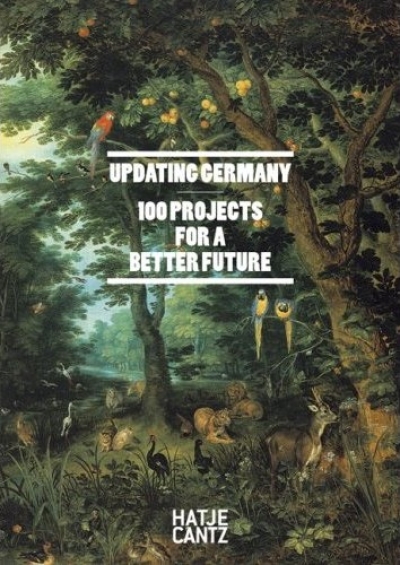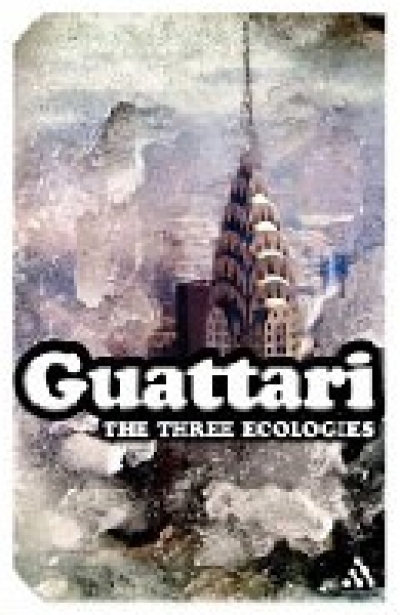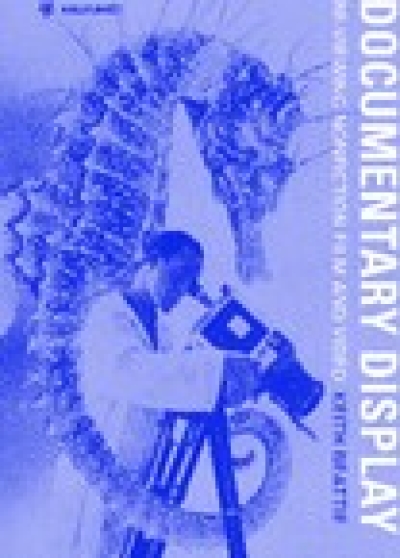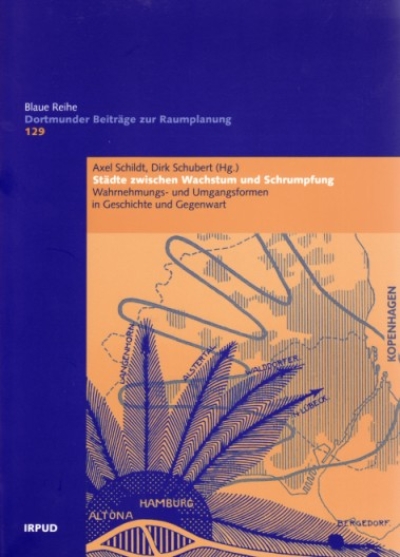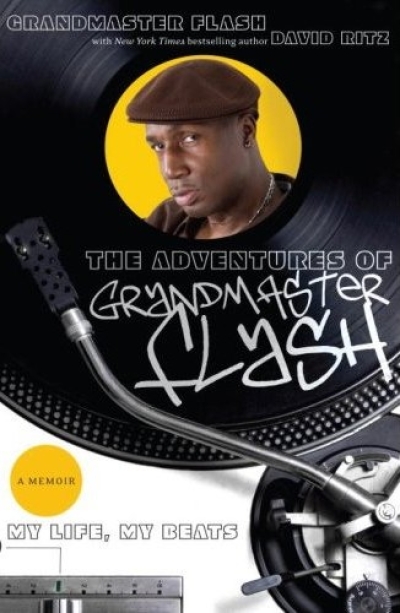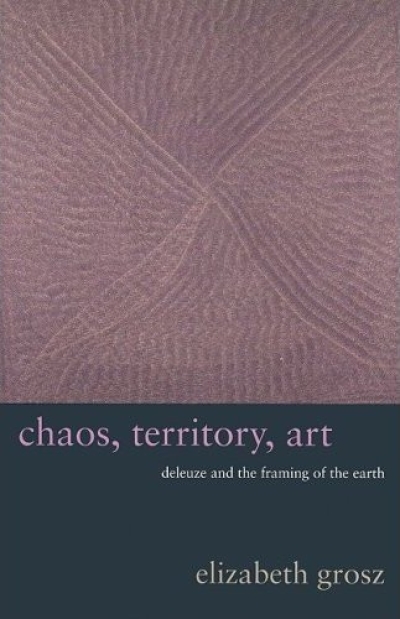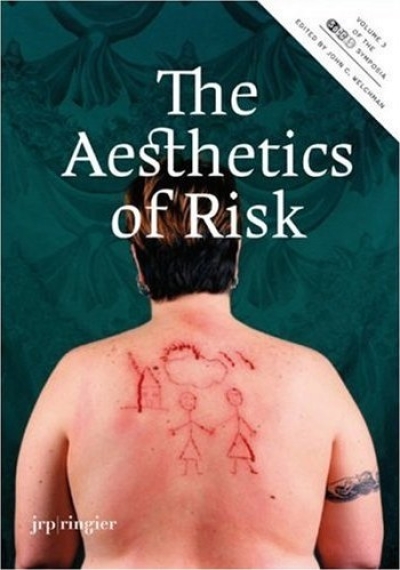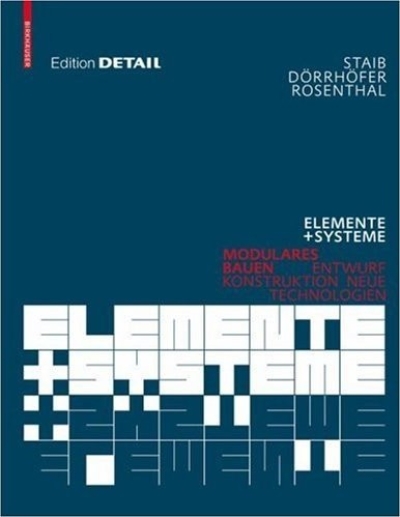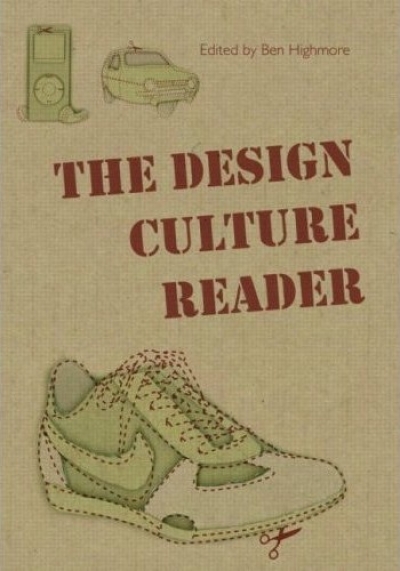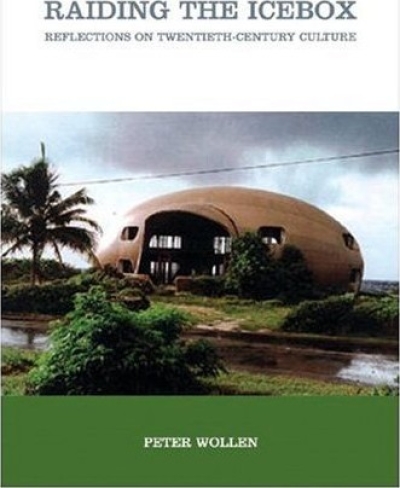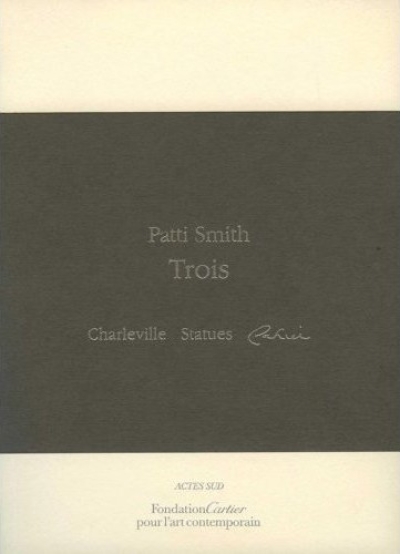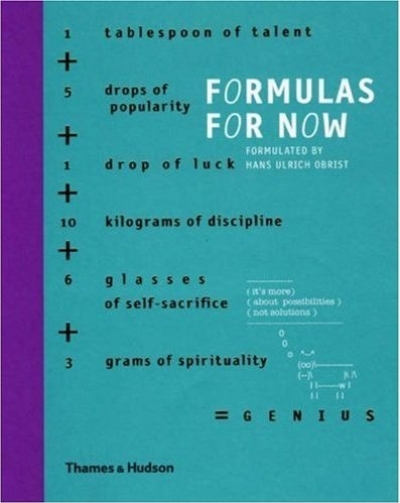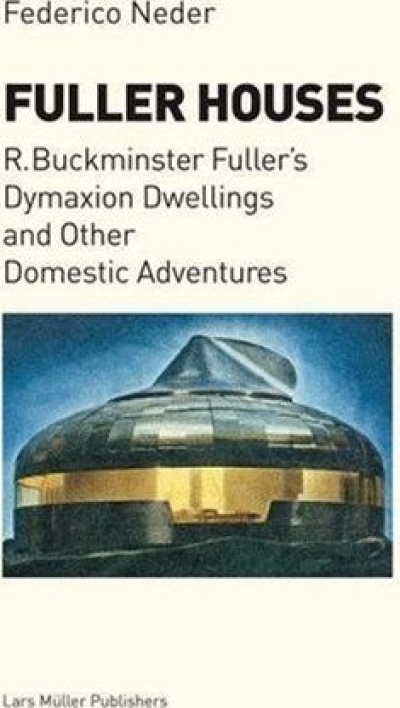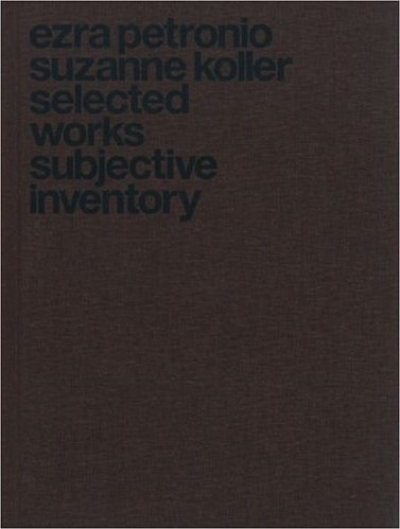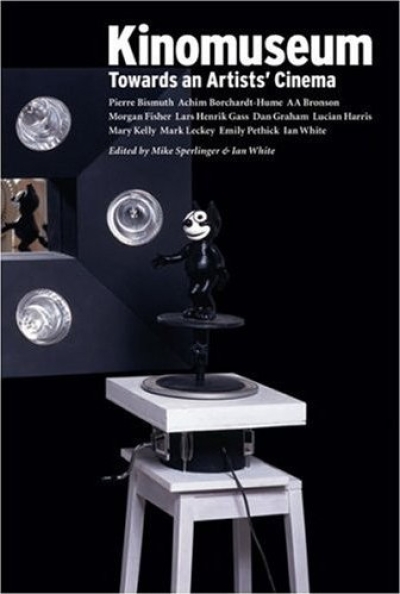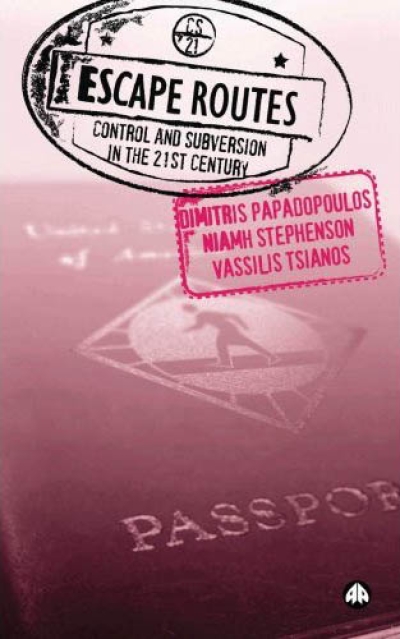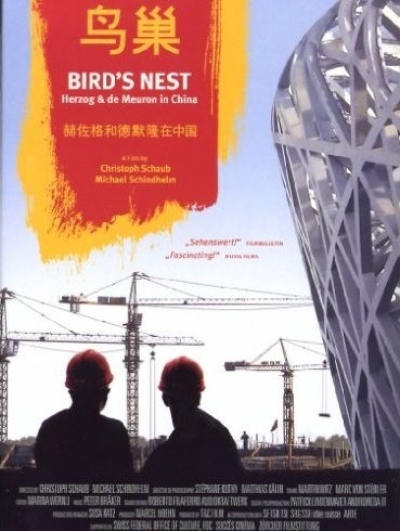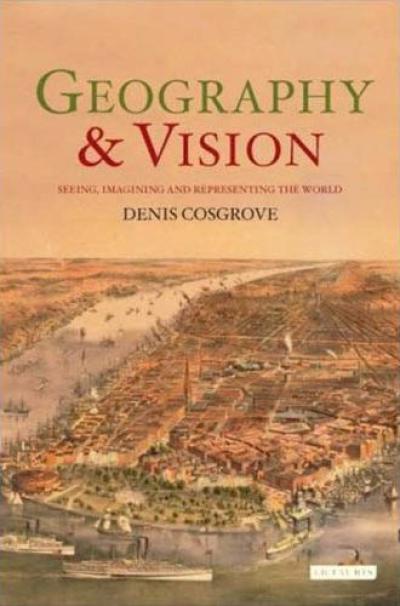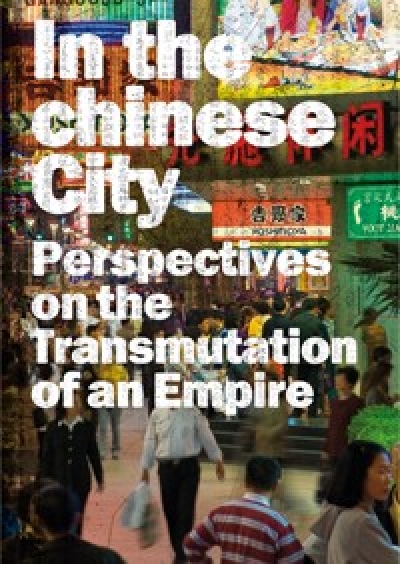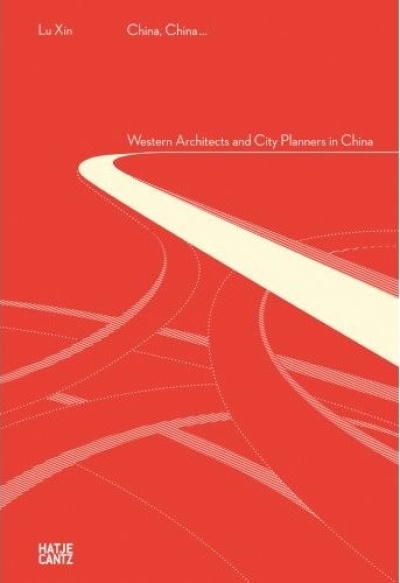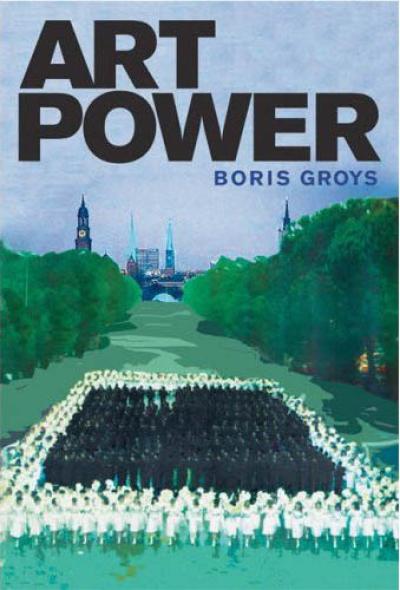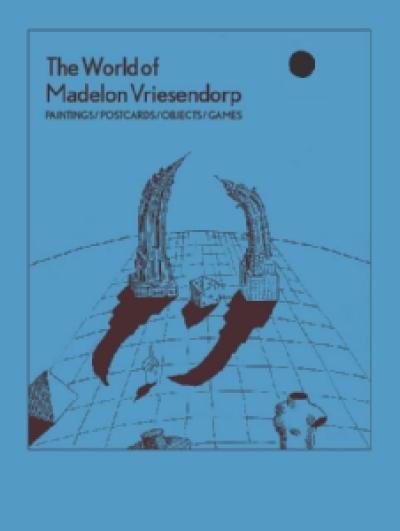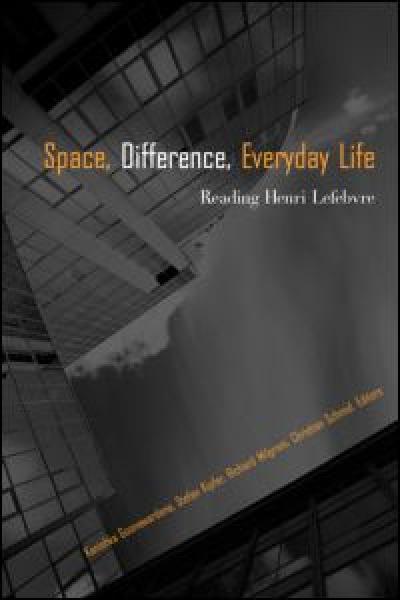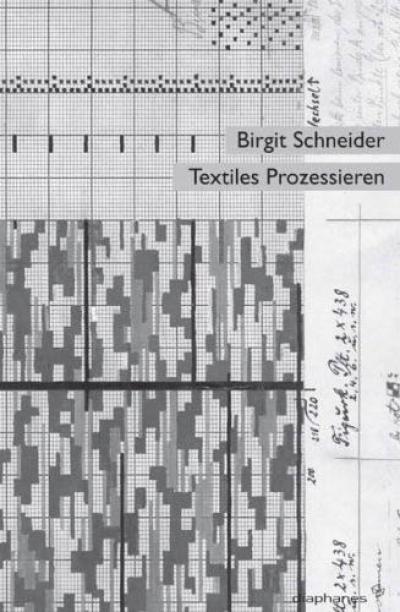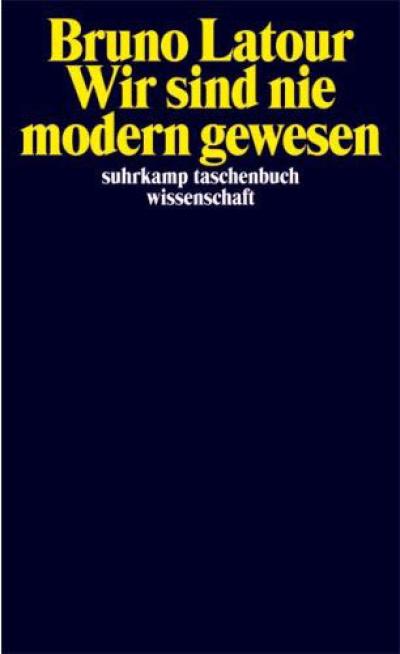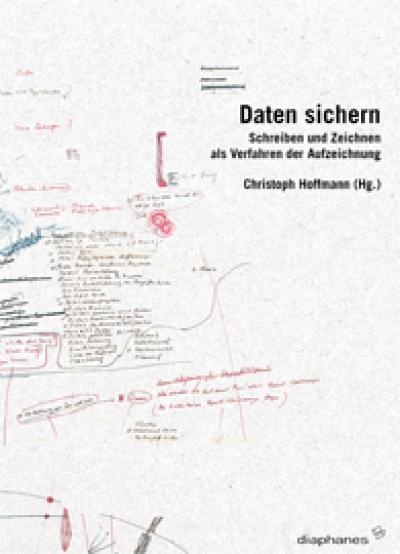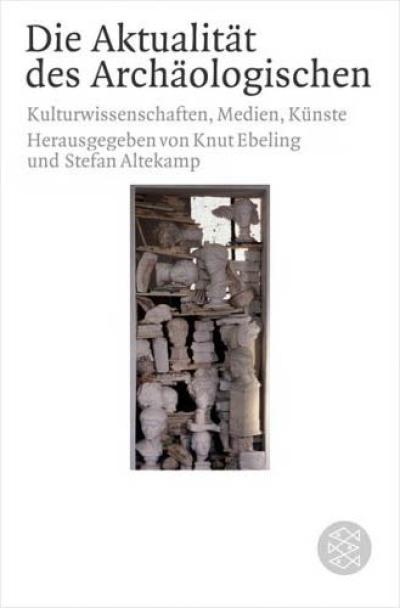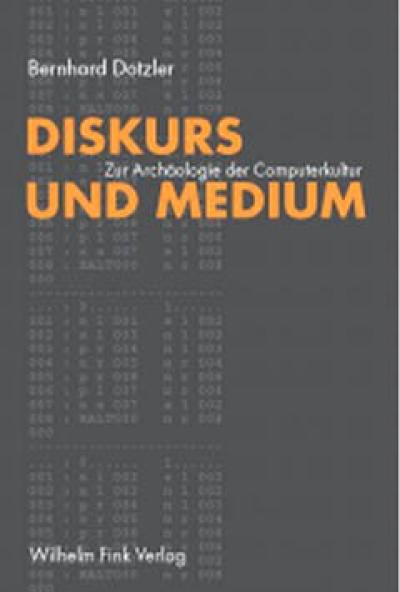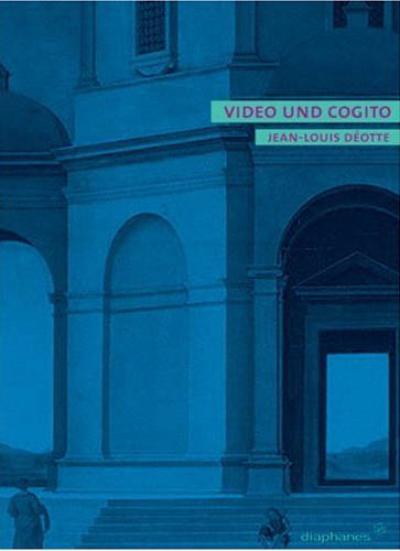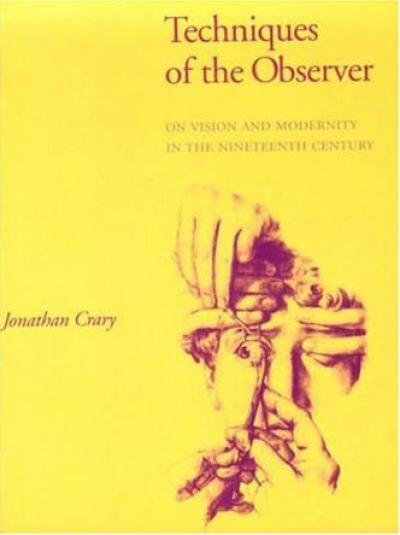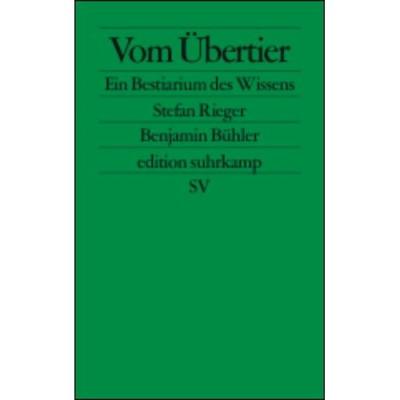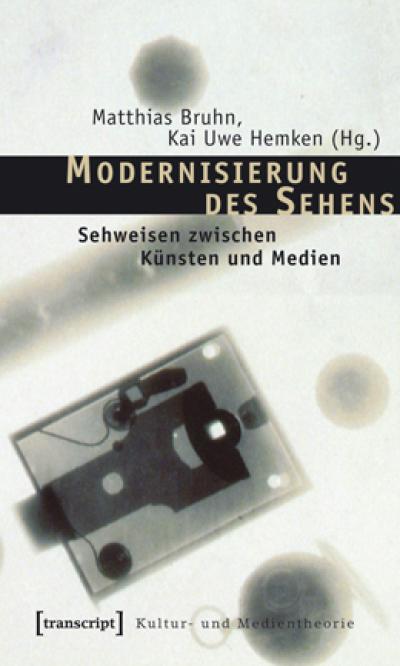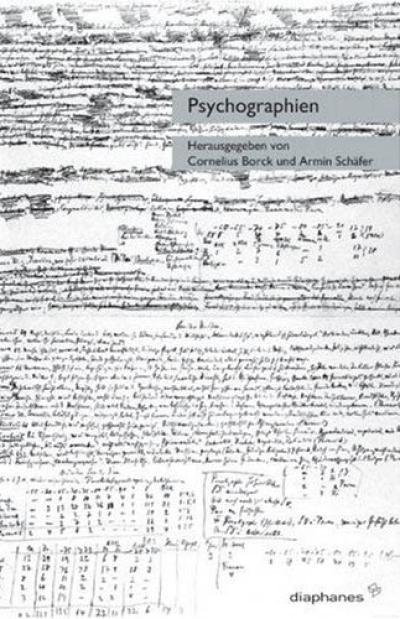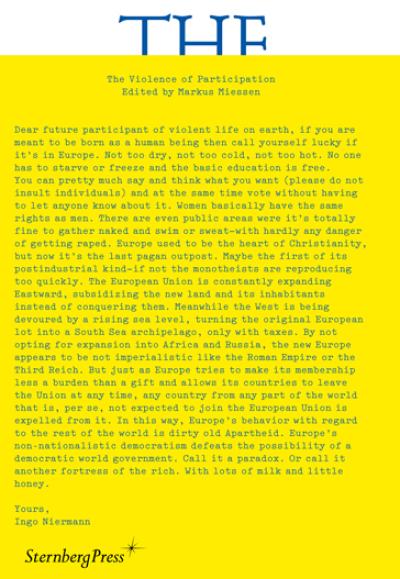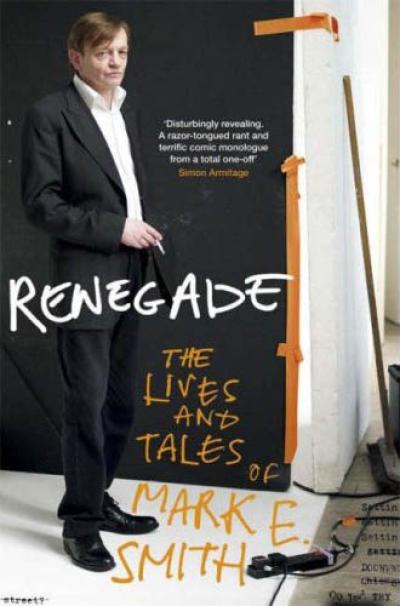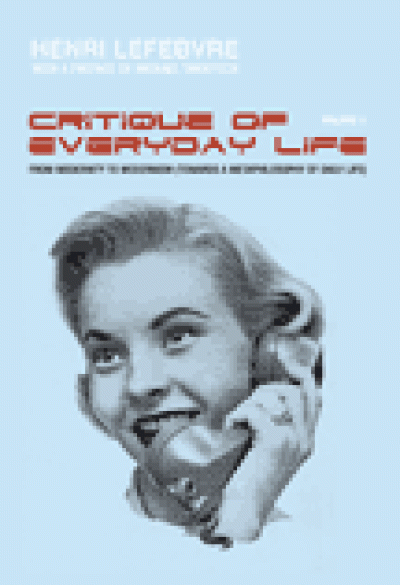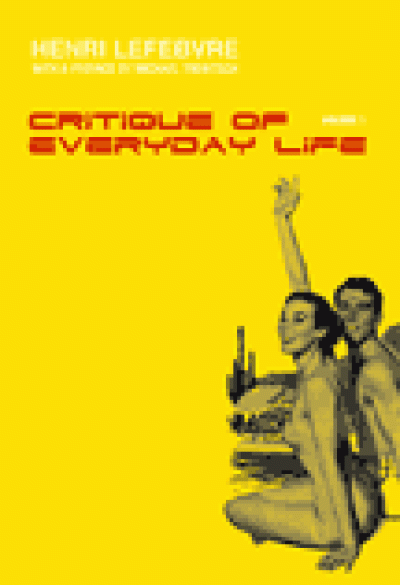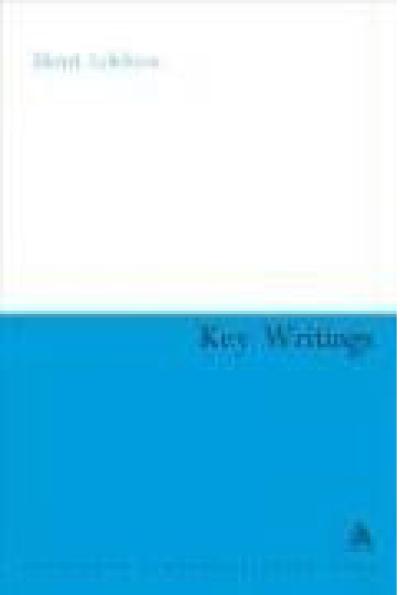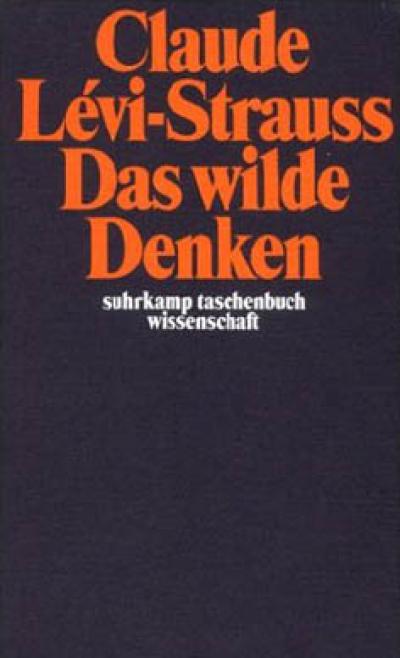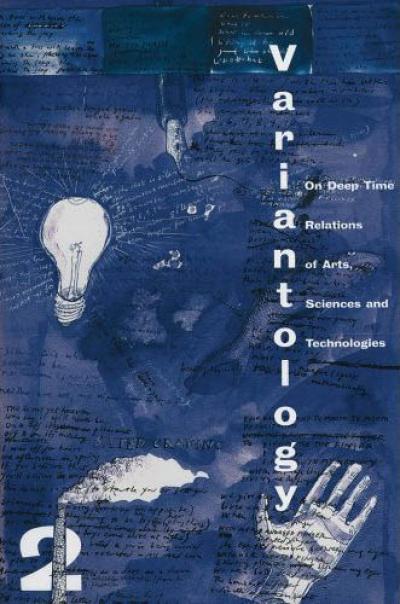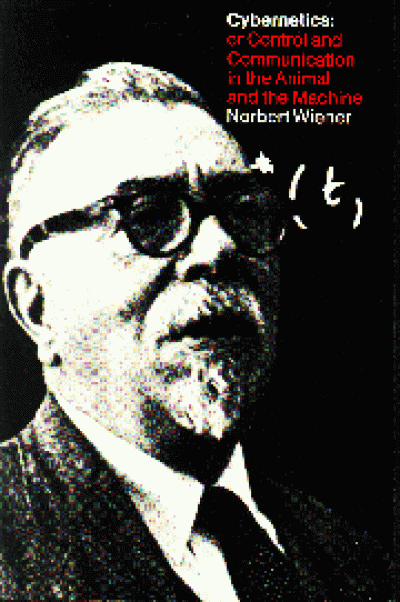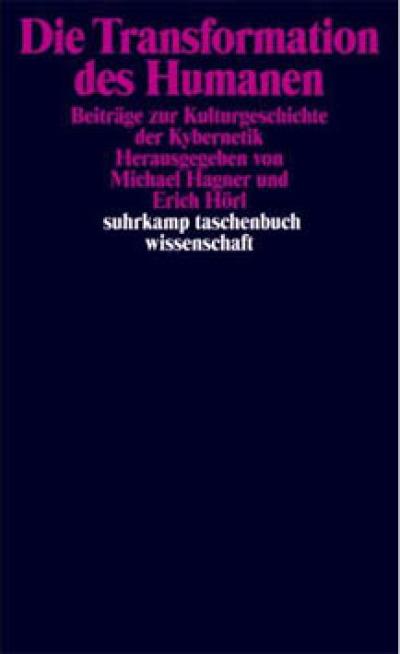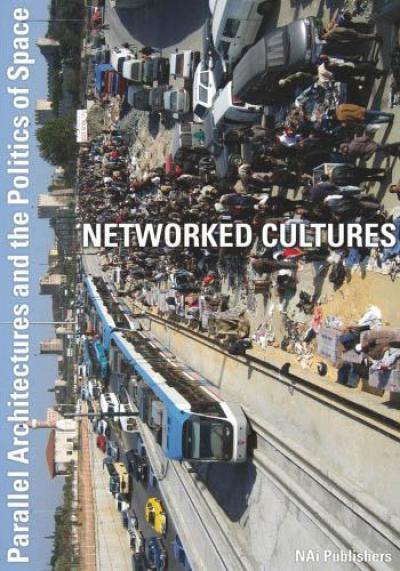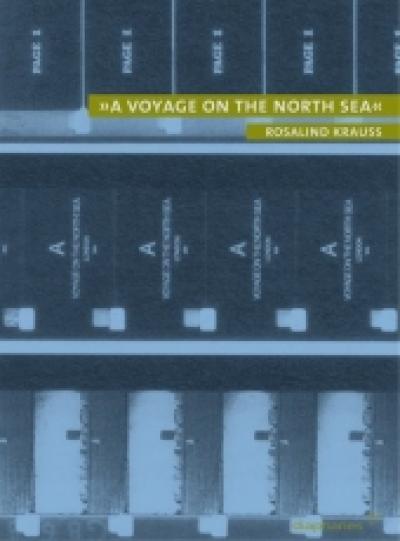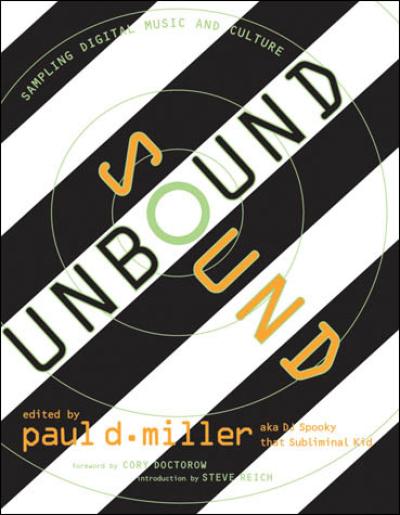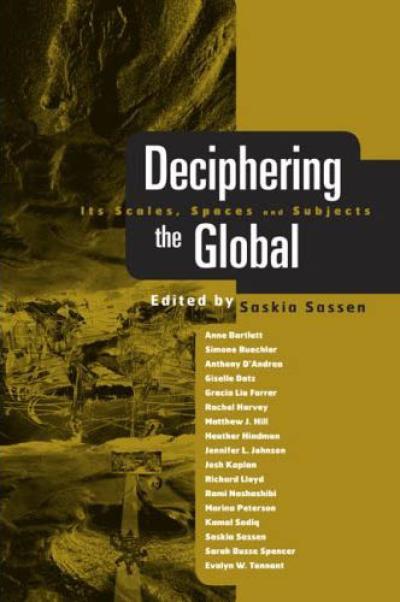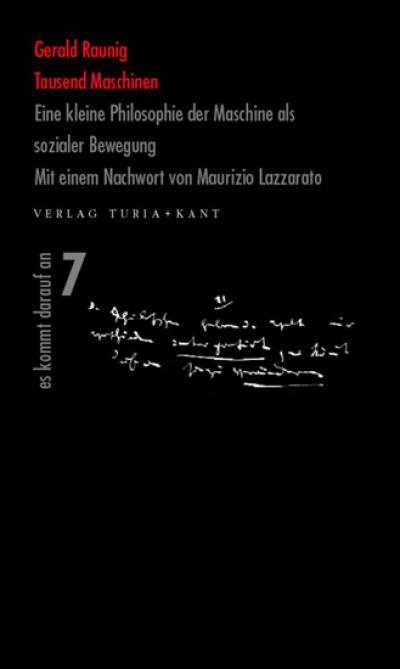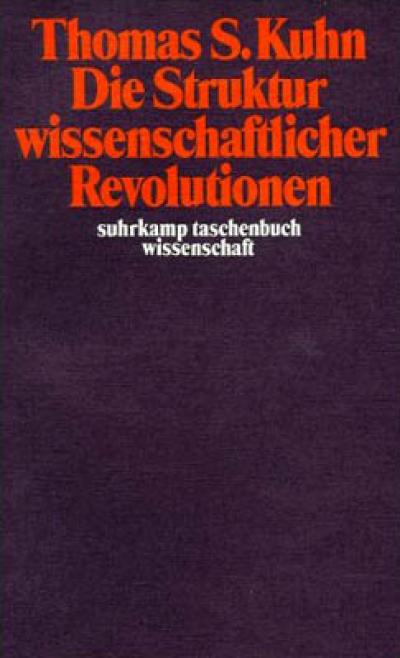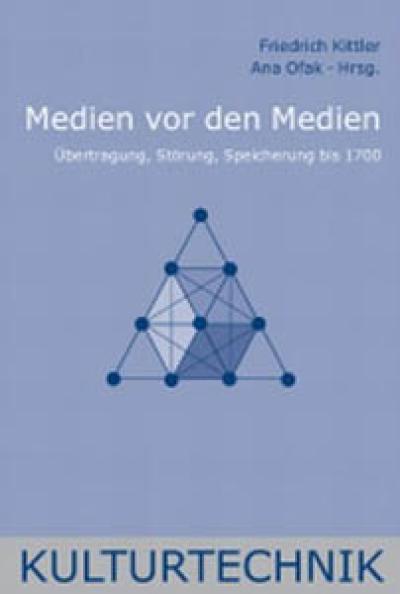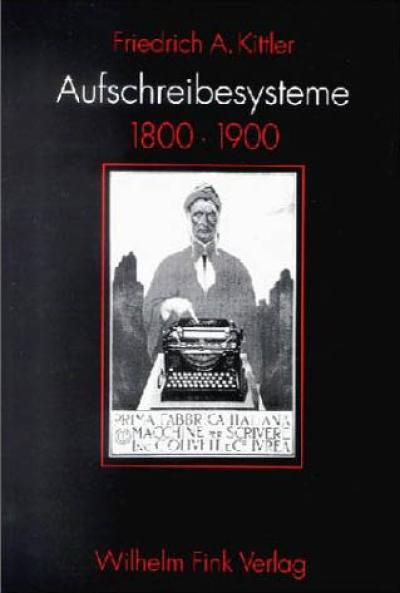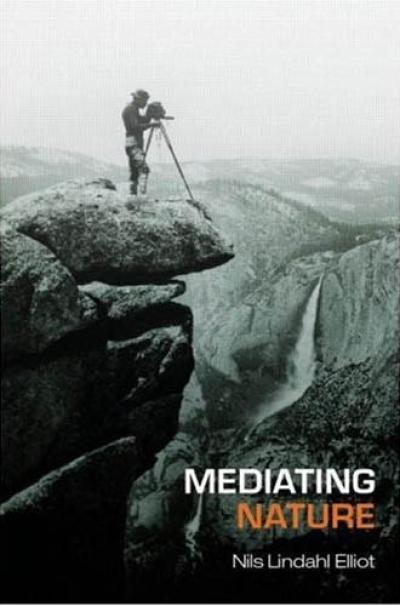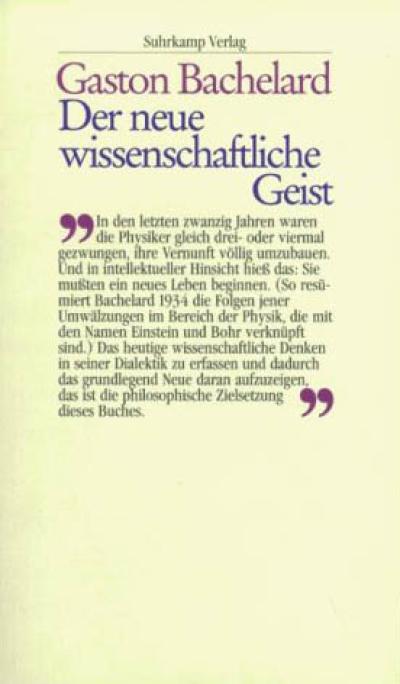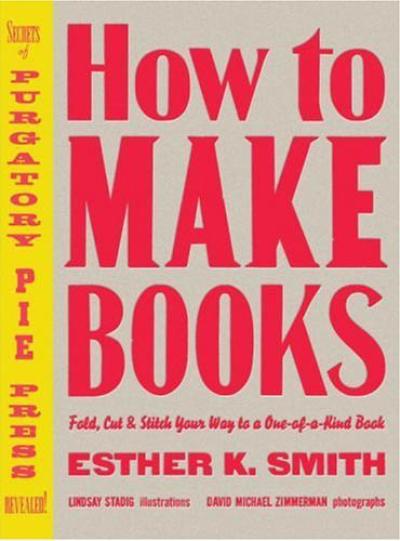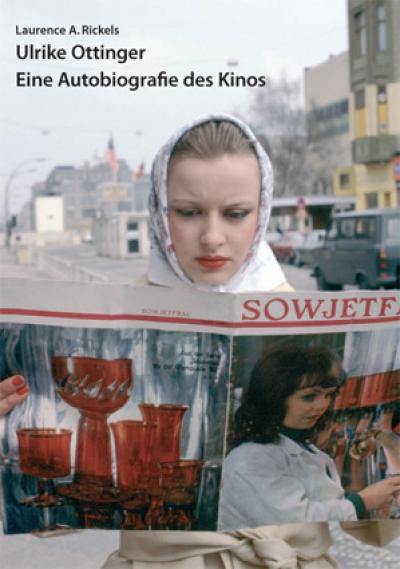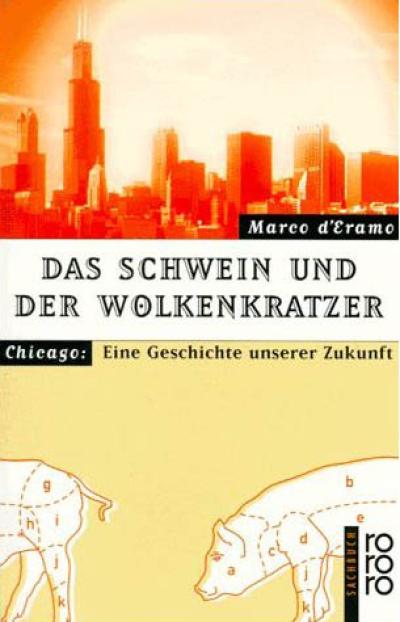Gavin Ambrose, Paul Harris
Grundwissen Produktion für Grafikdesigner
Susanne von Falkenhausen
KugelbauVisionen. Kulturgeschichte einer Bauform von der…
Jacques Rancière
Zehn Thesen zur Politik
General Idea, Beatrix Ruf (Hg.)
FILE Megazine
Friedrich von Borries, Matthias Böttger…
Bessere Zukunft? Auf der Suche nach den Räumen von Morgen
Wilfried Nerdinger, Architekturmuseum…
Sep Ruf 1908-1982. Moderne mit Tradition
Klanten, Bourquin, Tissot, Ehmann (Hg.)
Data Flow. Visualising Information in Graphic Design
Chris Carlsson
Nowtopia. How Pirate Programmers, Outlaw Bicyclists, and…
Jade Dellinger, David Giffels
We Are DEVO!
Aude Lehmann, Tan Waelchli
Whyart. A La Mode - The Third Way of Fashion
Denise Markonish (Hg.)
Badlands. New Horizons in Landscape
Friedrich von Borries, Matthias Böttger
Updating Germany. 100 Projekte für eine bessere Zukunft
Kunstverein Nürnberg, Albr. Dürer…
Thea Djordjadze
Felix Guattari
The Three Ecologies
Keith Beattie
Documentary Display. Re-Viewing Nonfiction Film and Video
Harmony Korine
Mister Lonely
Axel Schildt, Dirk Schubert (Hg.)
Städte zwischen Wachstum und Schrumpfung. Wahrnehmungs- und…
Grandmaster Flash
The Adventures of Grandmaster Flash. My Life, My Beats - A…
Elizabeth Grosz
Chaos, Territory, Art. Deleuze and the Framing of the Earth…
John C. Welchman (Hg.)
The Aesthetics of Risk. SoCCAS Symposium Vol. 3
Gerald Staib, Andreas Dörrhöfer, Markus…
Elemente und Systeme. Modulares Bauen. Entwurf,…
Tobias Huber, Marcus Steinweg (Hg.)
Inaesthetik Nr. 0. Theses on Contemporary Art
Ben Highmore (Hg.)
The Design Culture Reader
Peter Wollen
Raiding the Icebox. Reflections on Twentieth-Century…
Antonio Negri
The Porcelain Workshop. For a New Grammar of Politics
Patti Smith
Trois (Charleville, Photographies, Cahier)
Hans Ulrich Obrist (Hg.)
Formulas for Now
Federico Neder
Fuller Houses: R. Buckminster Fuller's Dymaxion…
Ezra Petronio, Suzanne Koller
Ezra Petronio, Suzanne Koller: Selected Works, Subjective…
Mike Sperlinger, Ian White (Hg.)
Kinomuseum. Towards an Artist's Cinema
Claudio Greco
Pier Luigi Nervi. Von den ersten Patenten bis zur…
Dimitris Papadopoulos, Niamh Stephenson…
Escape Routes. Control and Subversion in the Twenty-first…
Alexandru Balasescu
Paris Chic, Tehran Thrills. Aesthetic Bodies, Political…
Christoph Schaub, Michael Schindhelm
Bird's Nest (DVD, 87 min.). Jacques Herzog und Pierre…
Denis Cosgrove
Geography and Vision. Seeing, Imagining and Representing…
Frédéric Edelmann (Hg.)
In the Chinese City. Perspectives on the Transmutations of…
AIGA NY Chapter
Designing Audiences. AIGA/NY Chapter (Fresh Dialogue)
Xin Lu
China, China...: Western Architects and City Planners in…
Boris Groys
Art Power
Felicity D. Scott
Architecture or Techno-Utopia. Politics after Modernism
Shumon Basar, Stephan Trüby (Hg.)
The World of Madelon Vriesendorp
Kanishka Goonewardena, Stefan Kipfer,…
Space Difference, Everyday Life. Reading Henri Lefebvre
Birgit Schneider
Textiles Prozessieren
Sophie Salin
Kryptologie des Unbewußten. Nietzsche, Freud und Deleuze im…
Jens Ruchatz, Stefan Willer
Das Beispiel: Epistemologie des Exemplarischen
Nicolas Pethes, Birgit Griesecke,…
Menschenversuche. Eine Anthologie 1750-2000
Jan Lazardzig
Theatermaschine und Festungsbau. Paradoxien der…
Bruno Latour
Wir sind nie modern gewesen. Versuch einer Symmetrischen…
Christoph Hoffmann (Hg.)
Daten sichern. Schreiben und Zeichnen als Verfahren der…
Sabine Flach, Inge Münz-Koenen,…
Der Bilderatlas im Wechsel der Künste und Medien
Lorenz Engell, Bernhard Siegert, Joseph…
Medien der Antike. Archiv für Mediengeschichte, No. 3
Knut Ebeling, Stefan Altekamp
Die Aktualität des Archäologischen. Wissenschaft, Medien,…
Bernhard J. Dotzle
Diskurs und Medium. Zur Archäologie der Computerkultur
Jean-Louis Deotte
Video und Cogito. Die Epoche des perspektivischen Apparats
Jonathan Crary
Techniques of the Observer. On Vision and Modernity in the…
Georges Canguilhem
Wissenschaft, Technik, Leben. Beiträge zur historischen…
Benjamin Bühler, Stefan Rieger
Vom Übertier. Ein Bestiarium des Wissens
Jochen Brüning, Eberhard Knobloch (Hg.)
Die mathematischen Wurzeln der Kultur. Mathematische…
Matthias Bruhn, Kai-Uwe Hemken (Hg.)
Modernisierung des Sehens. Sehweisen zwischen Künsten und…
Horst Bredekamp, Gabriele Werner (Hg.)
Bildtechniken des Ausnahmezustandes. Bildwelten des Wissens…
Horst Bredekamp, Pablo Schneider (Hg.)
Visuelle Argumentationen. Die Mysterien der Repräsentation…
Cornelius Borck, Armin Schäfer (Hg.)
Psychographien
Anette Bitsch
"always crashing in the same car". Jacques Lacans…
Markus Miessen (Hg.)
The Violence of Participation
Joachim Krausse (Hg.)
Richard Buckminster Fuller. Bedienungsanleitung für das…
Mark E. Smith
Renegade. The Lives and Tales of Mark E. Smith
Anthony Vidler
Histories of the Immediate Present. Inventing Architectural…
Metahaven (Kruk, van der Velden,…
White Night Before A Manifesto
Henri Lefebvre
Critique of Everyday Life (Volume 2). Foundations for a…
Henri Lefebvre
Critique of Everyday Life (Volume 1)
Alexander Hamedinger
Raum, Struktur und Handlung als Kategorien der…
Stuart Elden
Understanding Henri Lefebvre. A Critical Introduction
Stuart Elden, Elizabeth Lebas, Eleonore…
Henri Lefebvre. Key Writings
Michel Auder
Michel Auder. Selected Video Works 1970 - 1991
Claude Levi-Strauss
Das wilde Denken
Siegfried Zielinski
Variantology 2. On Deep Time. Relations of Arts, Sciences…
Norbert Wiener
Cybernetics or the Control and Communication in the Animal…
Margarete Vöhringer
Avantgarde und Psychotechnik: Wissenschaft, Kunst und…
Erich Hörl, Michael Hagne
Die Transformation des Humanen. Beiträge zur…
Mario Fusco (Hg.)
The Happy Hypocrite. For and About Experimental Art Writing…
Peter Mörtenbeck, Helge Mooshammer (Hg.)
Networked Cultures. Parallel Architectures and the Politics…
Rosalind Krauss
A Voyage on the North Sea. Broodthaers, das Postmediale
Paul D. Miller (Hg.)
Sound Unbound. Sampling Digital Music and Culture
Dirk Bronger (Hg.)
Marginalsiedlungen in Megastädten Asiens
Saskia Sassen (Hg.)
Deciphering the Global. Its Spaces, Scales and Subjects
Gerald Raunig
Tausend Maschinen
Hans-Jörg Rheinberger
Epistemologie des Konkreten. Studien zur Geschichte der…
Thomas S. Kuhn
Die Struktur wissenschaftlicher Revolutionen
Friedrich Kittler, Ana Ofak (Hg.)
Medien vor den Medien
Friedrich Kittler
Aufschreibesysteme 1800 - 1900
Wolfgang Ernst, Friedrich Kittler (Hg.)
Die Geburt des Vokalalphabets aus dem Geist der Poesie.…
Nils Lindahl Elliot
Mediating Nature: Environmentalism and Modern Culture (…
Gaston Bachelard
Der neue wissenschaftliche Geist
Stefan Andriopoulos, Bernhard J. Dotzler
1929. Beiträge zur Archäologie der Medien
Esther K. Smith
How to Make Books. Fold, Cut & Stitch Your Way to a One…
Laurence A. Rickels
Ulrike Ottinger. Eine Autobiografie
Marina Grzinic, Rosa Reitsamer (Hg.)
New Feminism. Worlds of Feminism, Queer and Networking…
Marco d'Eramo
Das Schwein und der Wolkenkratzer. Chicago: Eine Geschichte…

